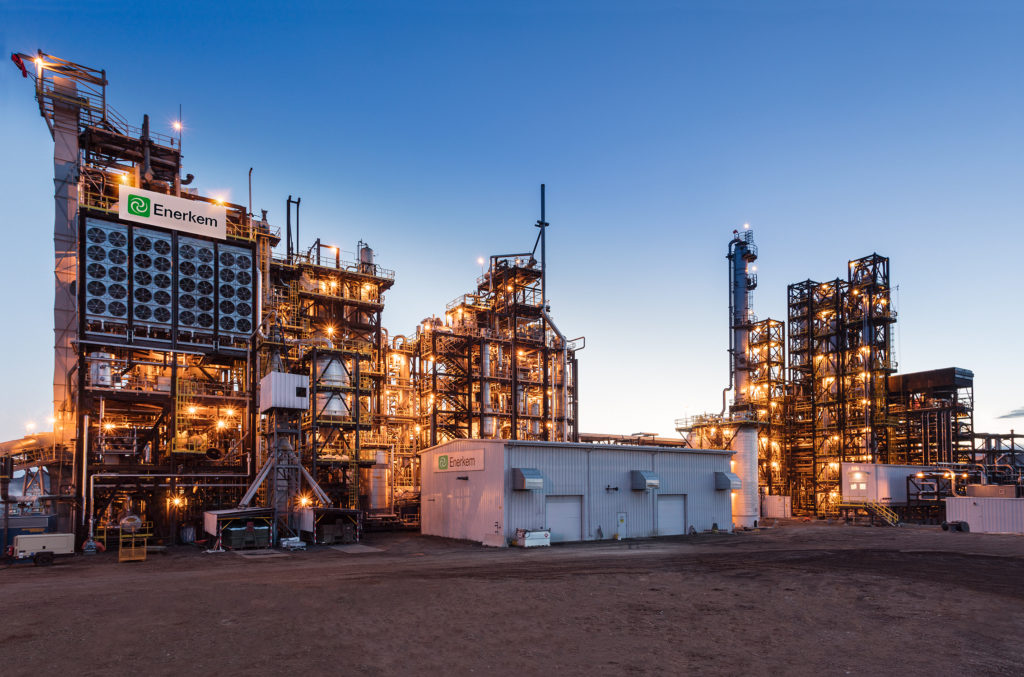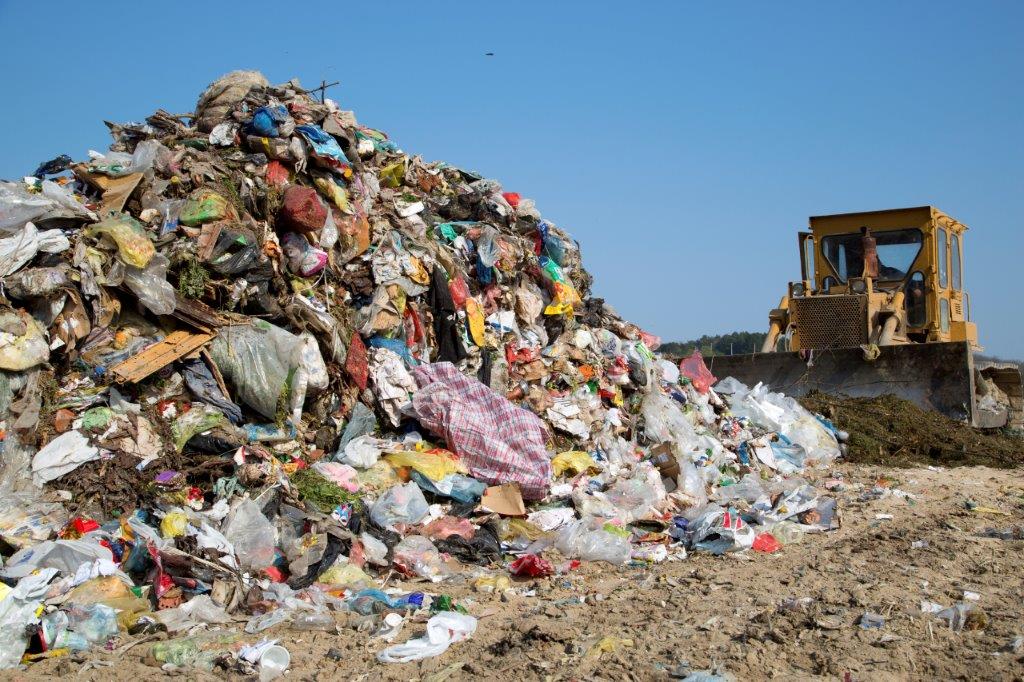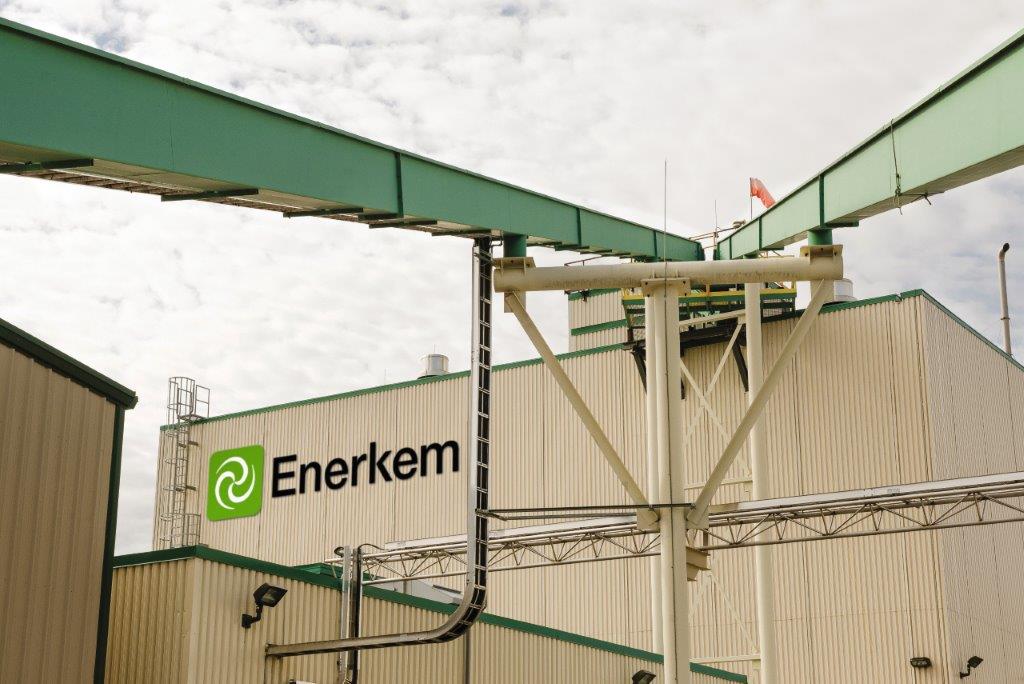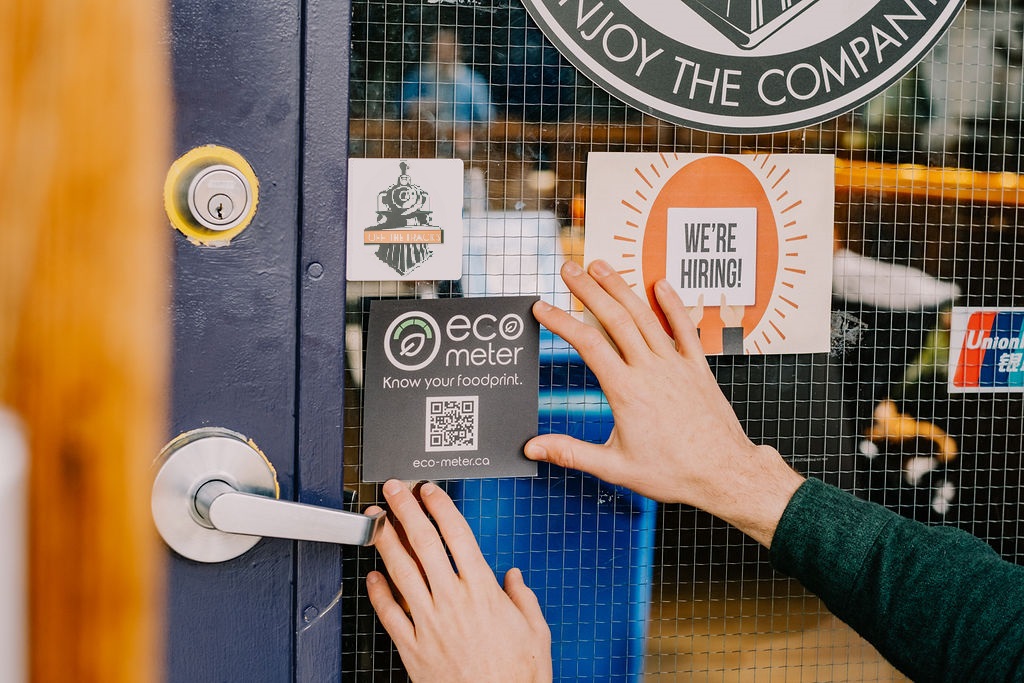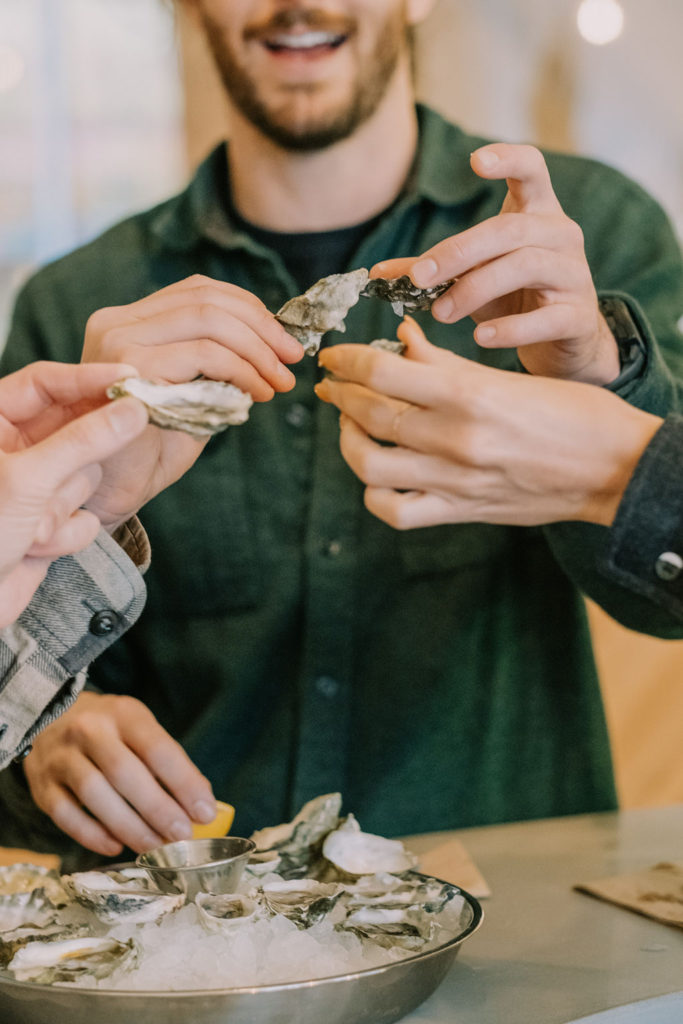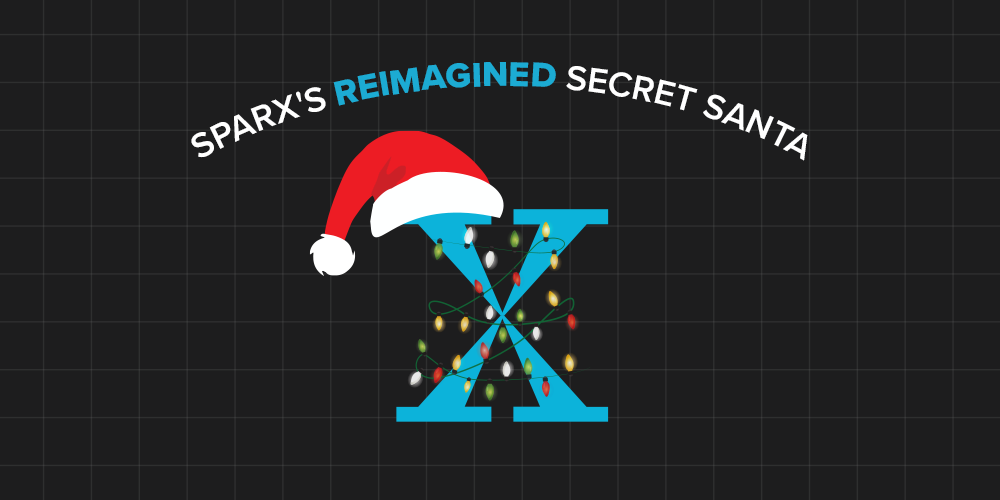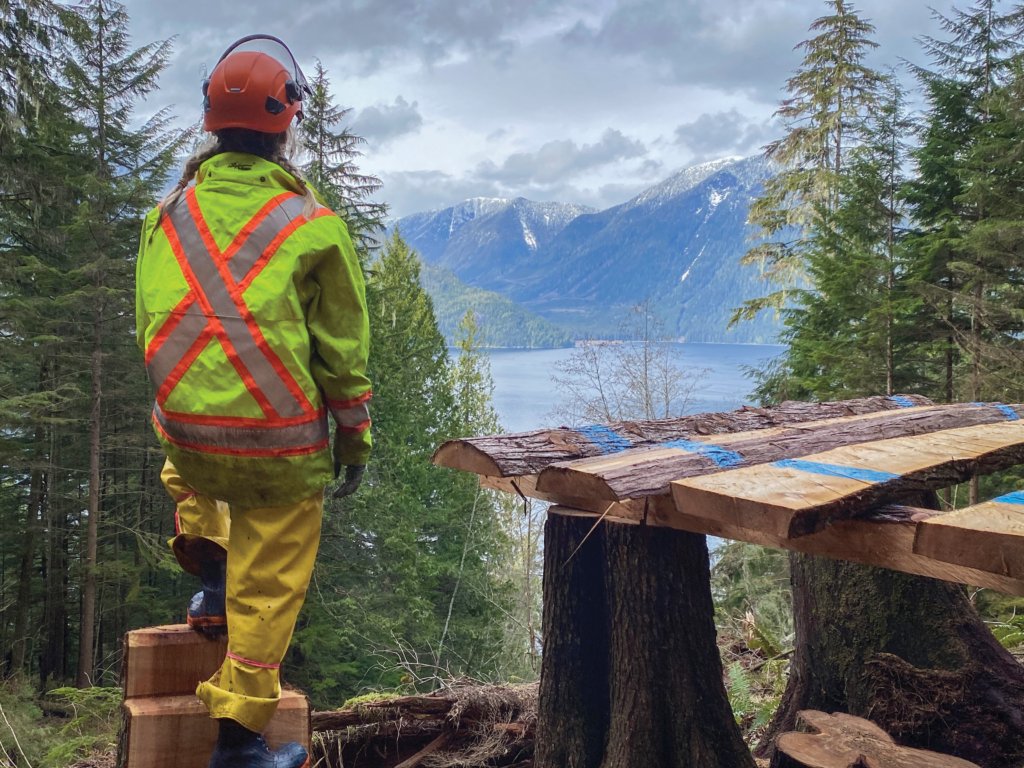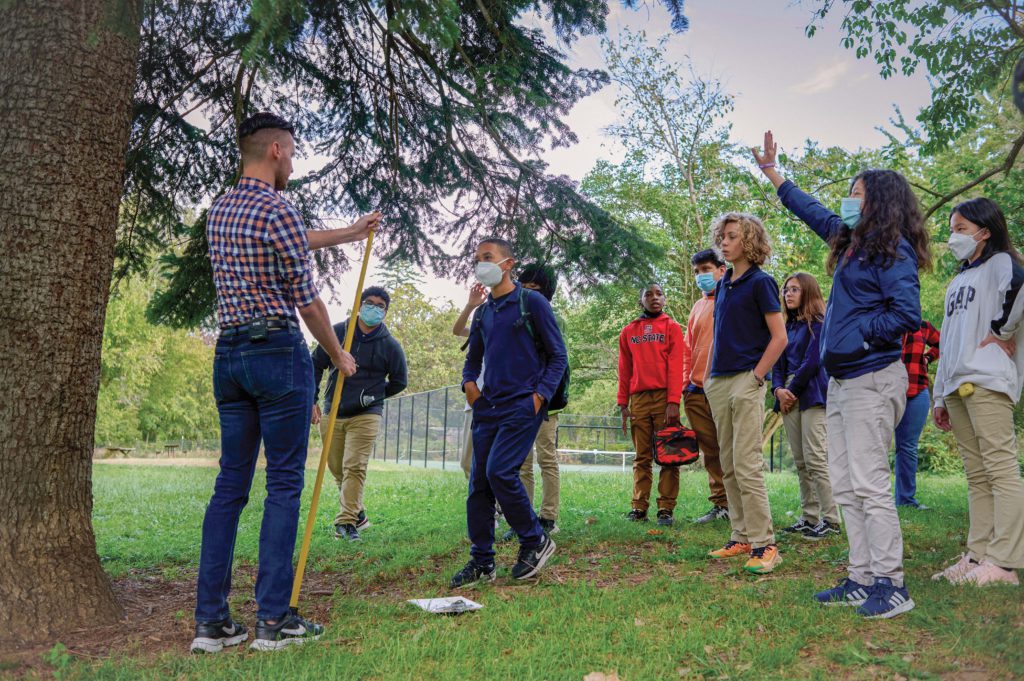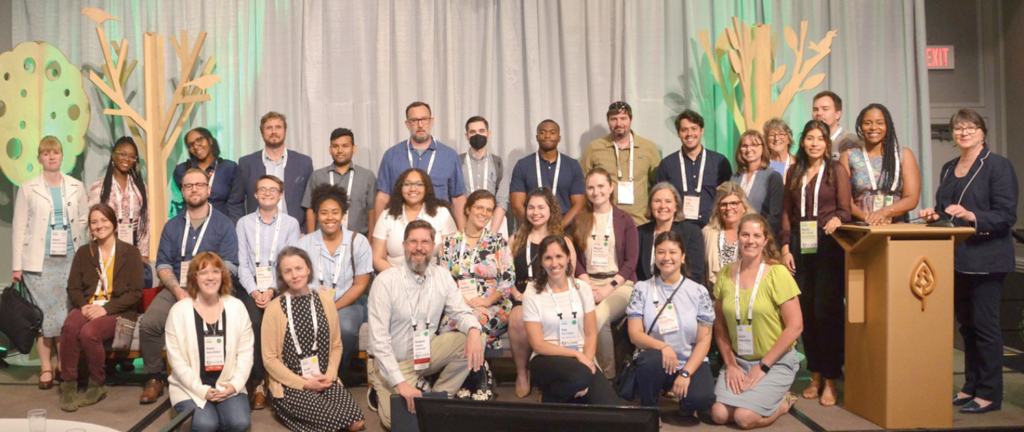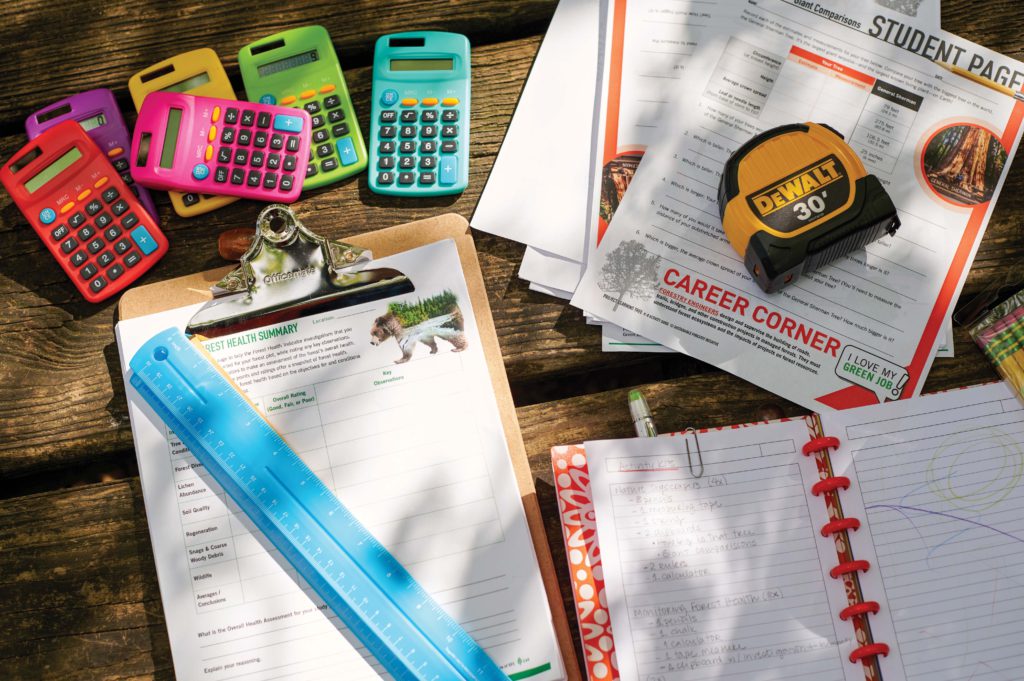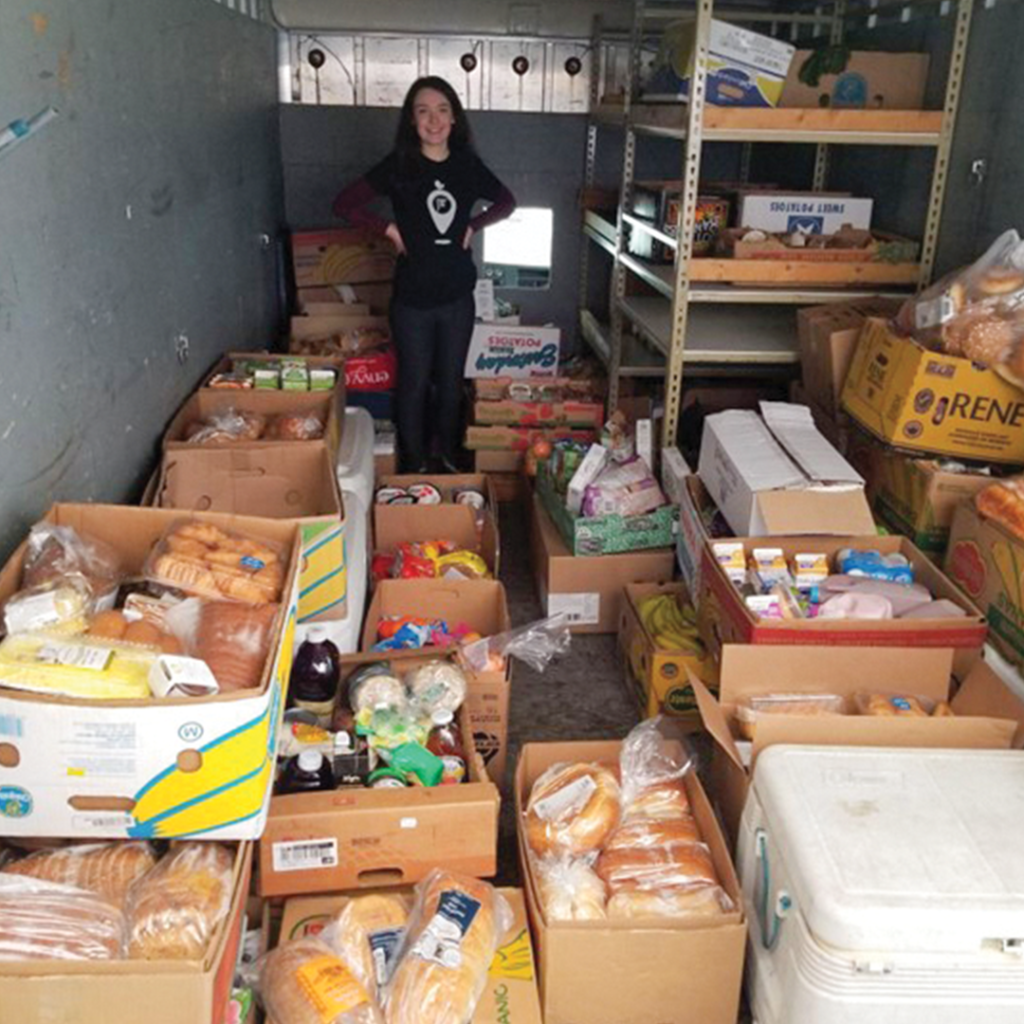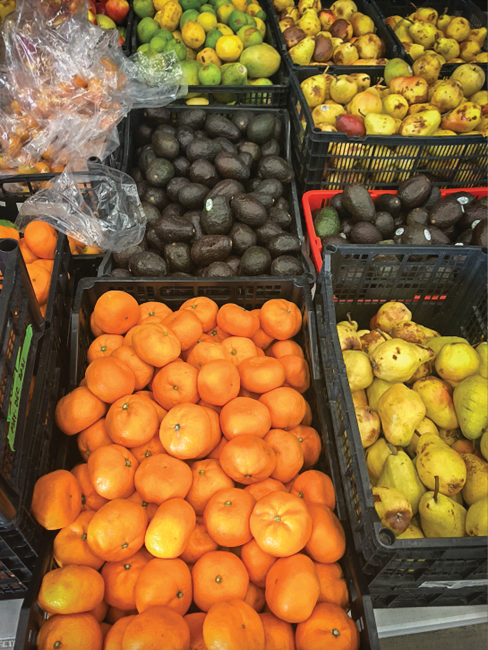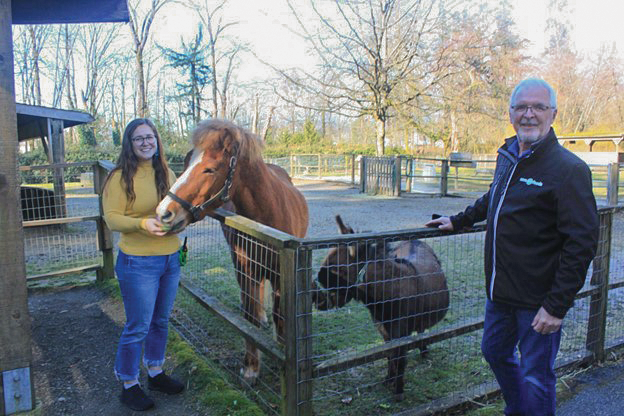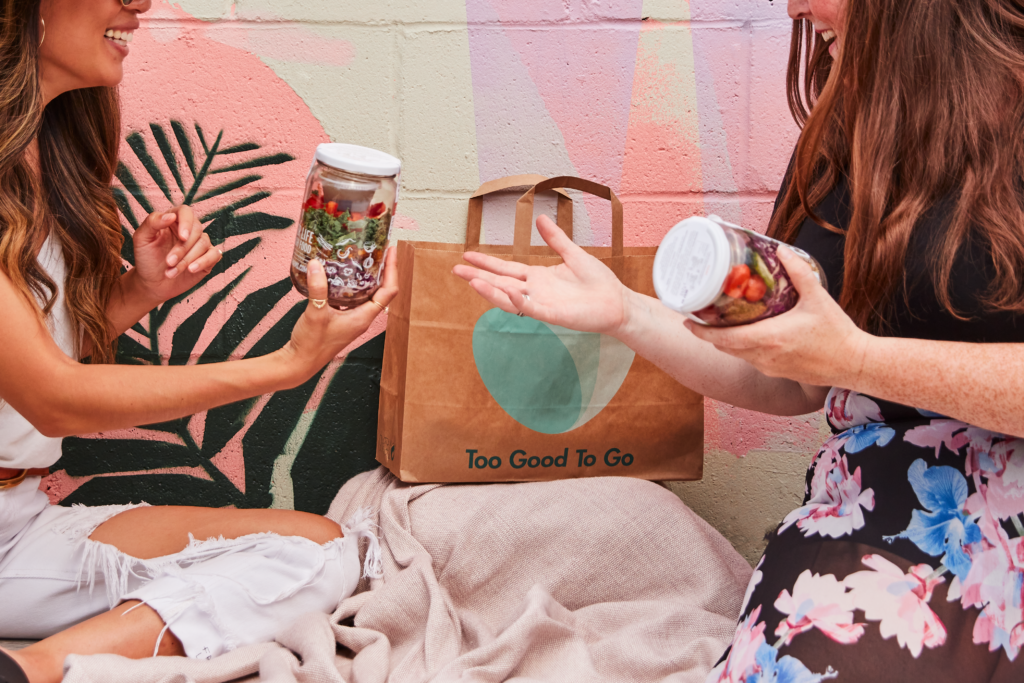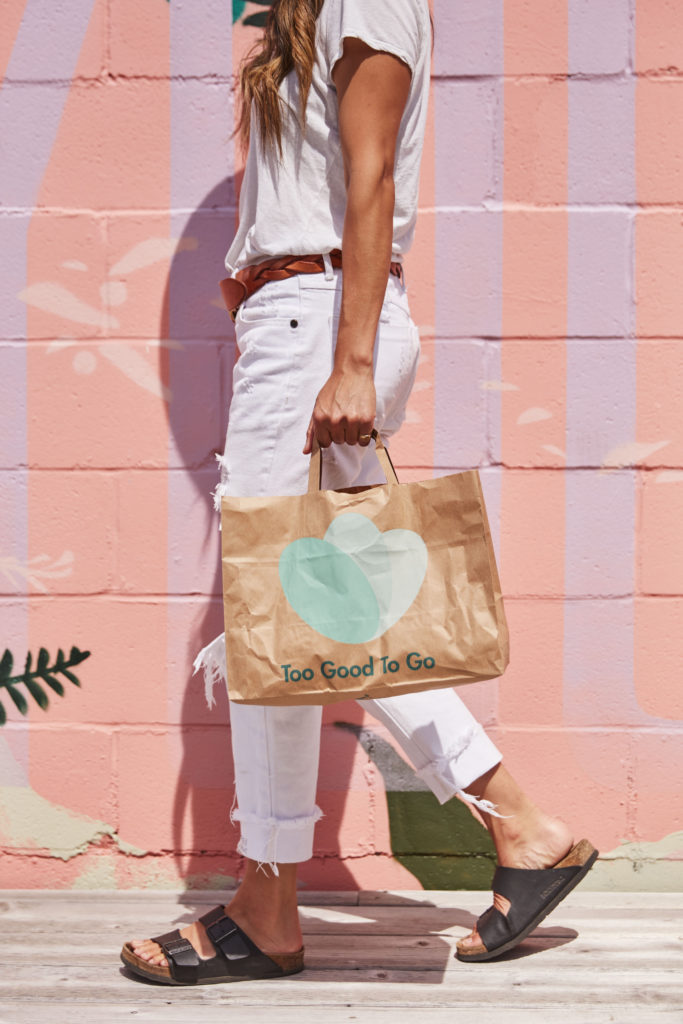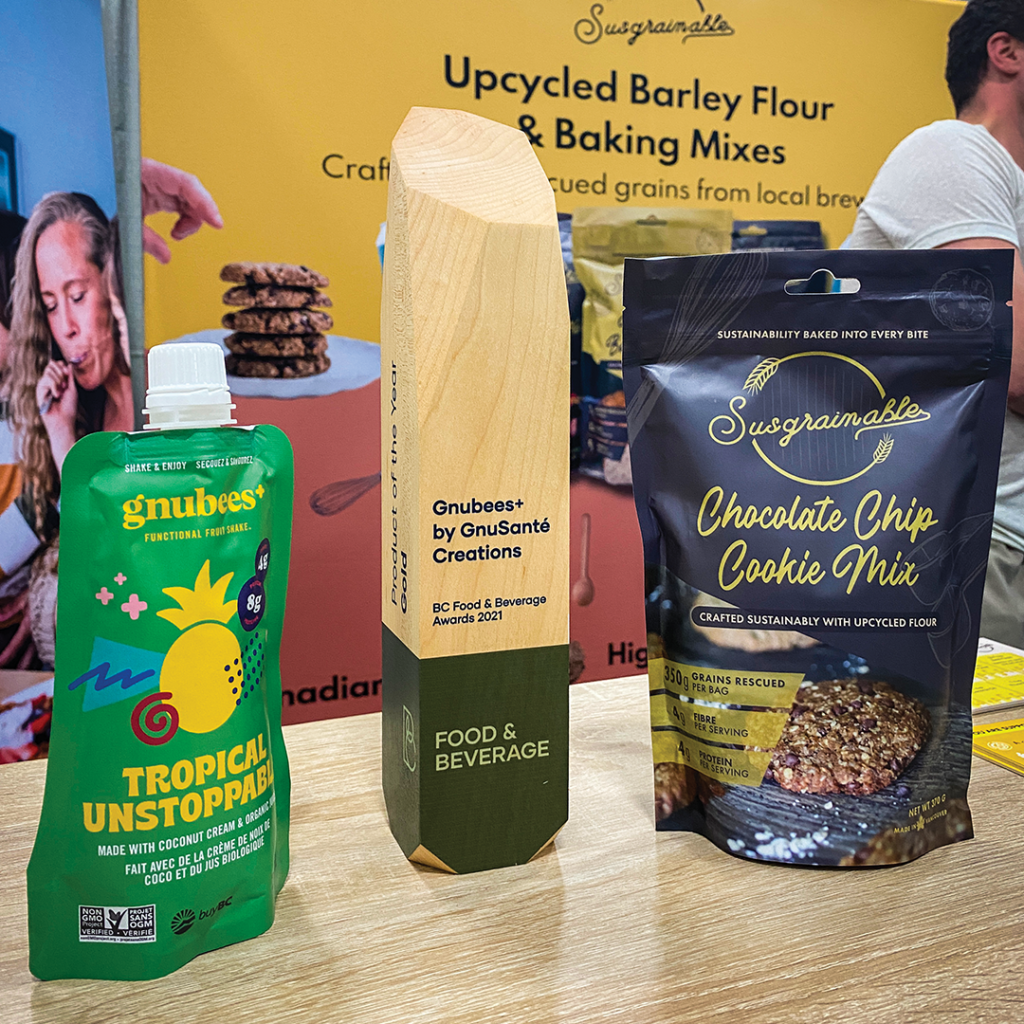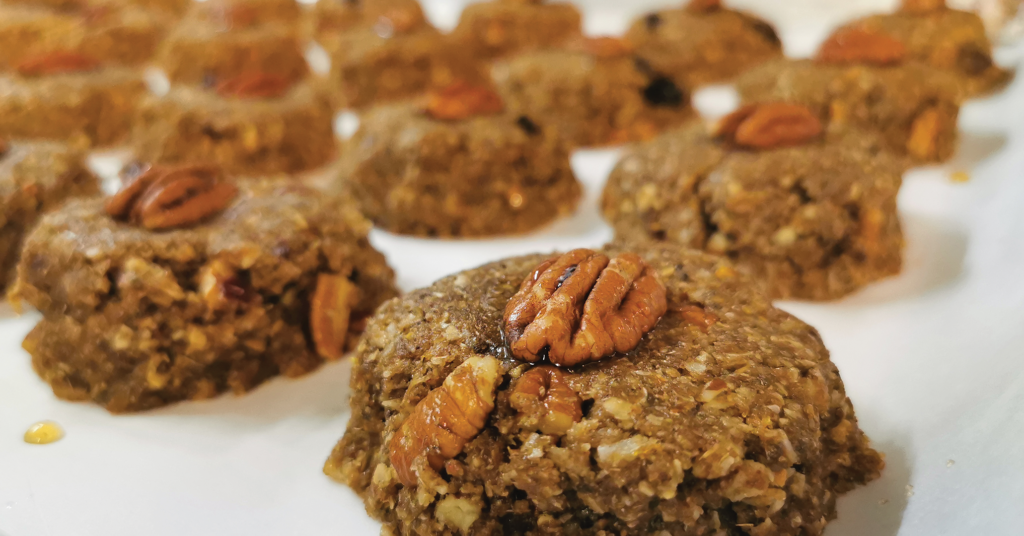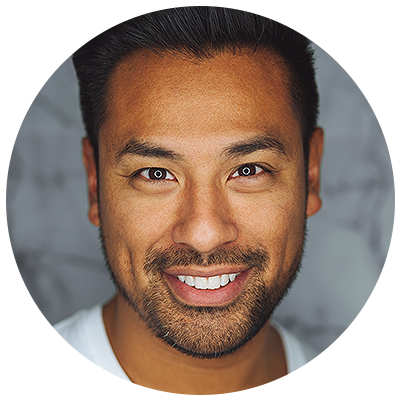The oil and gas industry may be known for its controversial environmental footprint, but part of this impact may be where you’d least expect: rubber tire waste. Once a site is done with any fracking and drilling, leftover equipment is often left behind to waste away.
Circular Rubber Technologies (CRT) saw this issue and decided to do something – or should we say some tonnes — about it. We spoke with Maartje van der Sande, Co-Founder & CEO, about repurposing end-of-life mining tires and reducing their waste in the process.
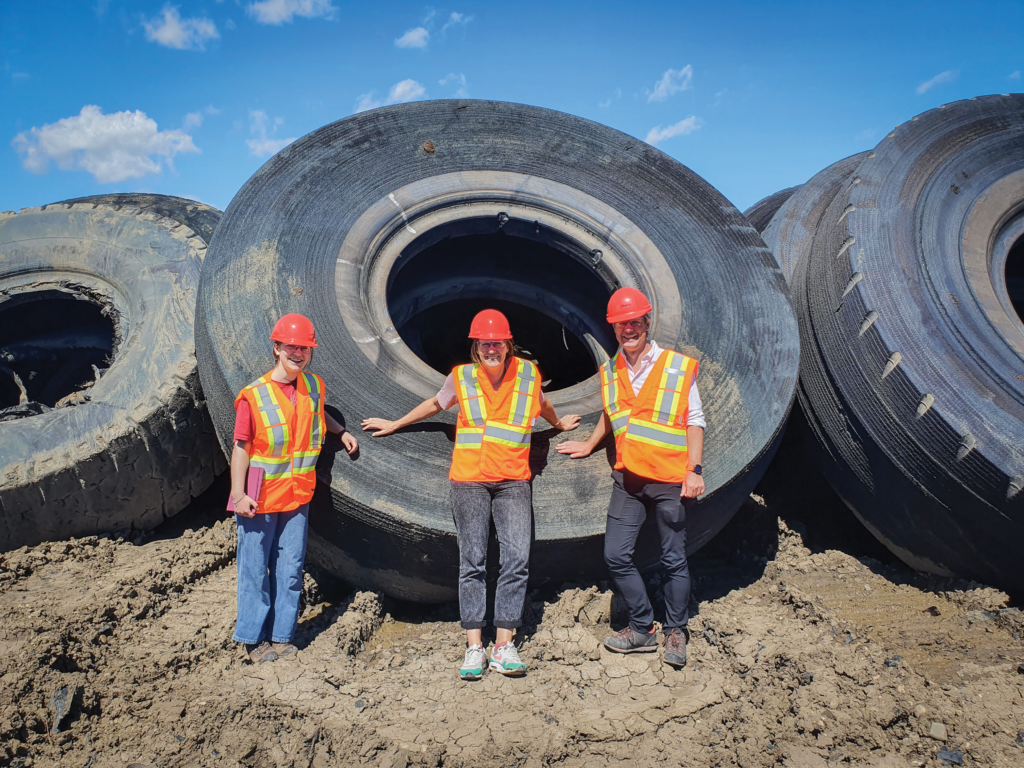
Tell us about Circular Rubber Technologies’ mission.
Circular Rubber Technologies’ purpose is to turn the world’s waste streams into value, and we are on a mission to redirect at least 300,000 end-of-life mining tires from landfills through the production of 1 million tonnes of our rubber reclaim product. In doing so, we’ll reduce CO2 emissions by 3 million tonnes and generate CA$1 billion revenue.
What inspired you to start your organization?
After over a decade in the oil and gas industry, I decided it was time to start focusing on making the world a better place instead of contributing to projects that had a negative impact on future generations.
I got involved in several projects which led to a realization that most mining companies bury their end-of-life mining tires on site. If you have ever seen one of these giant tires, you’d understand that burying thousands and thousands of these tires would have a huge environmental impact.
I also learned that there are roughly 20 million tonnes of virgin rubber being used every year to make new tires. These two facts and the huge disconnect between tire waste on one end and the need for raw materials to make new tires on the other end sparked the idea for Circular Rubber Technologies and became one of our biggest drivers: closing the circle and ensuring end-of-life tires become new tires again.
What were some of the challenges you encountered?
At Circular Rubber Technologies, we work with large multinationals: mining companies for the feedstock of our product and tire manufacturers as our reclaim product customers. The first challenge is obviously getting your foot in the door – finding the right people at the right level in the organization to talk to so they can champion your idea within their organization. This isn’t something that can be done overnight; it takes time and persistence. Meanwhile, we try to operate as lean and fast as possible since we’re a start-up.
Another challenge, which I think all start-ups face, is to stay optimistic when things do not go as planned. For example, when we shipped 18 big bags of rubber feedstock crumbs to our testing facility, we did not anticipate that due to the transportation, the crumb was no longer free-flowing, but it was basically a solid one-tonne rubber block. Luckily, we rallied our team to come up with a solution to break up the rubber block into crumbs again. However, the challenges didn’t end there; we were shut down by inspection when we were finally producing our product because the neighbours complained of the rubber smell.
We have overcome these challenges, and, in hindsight, I am actually thankful they happened. We have been able to learn from them, optimize our process, and improve our design. With all these hurdles, I think the biggest challenge is sometimes to stay optimistic, keep the team motivated and the end goal in mind, and be open and creative in addressing any unexpected situations.
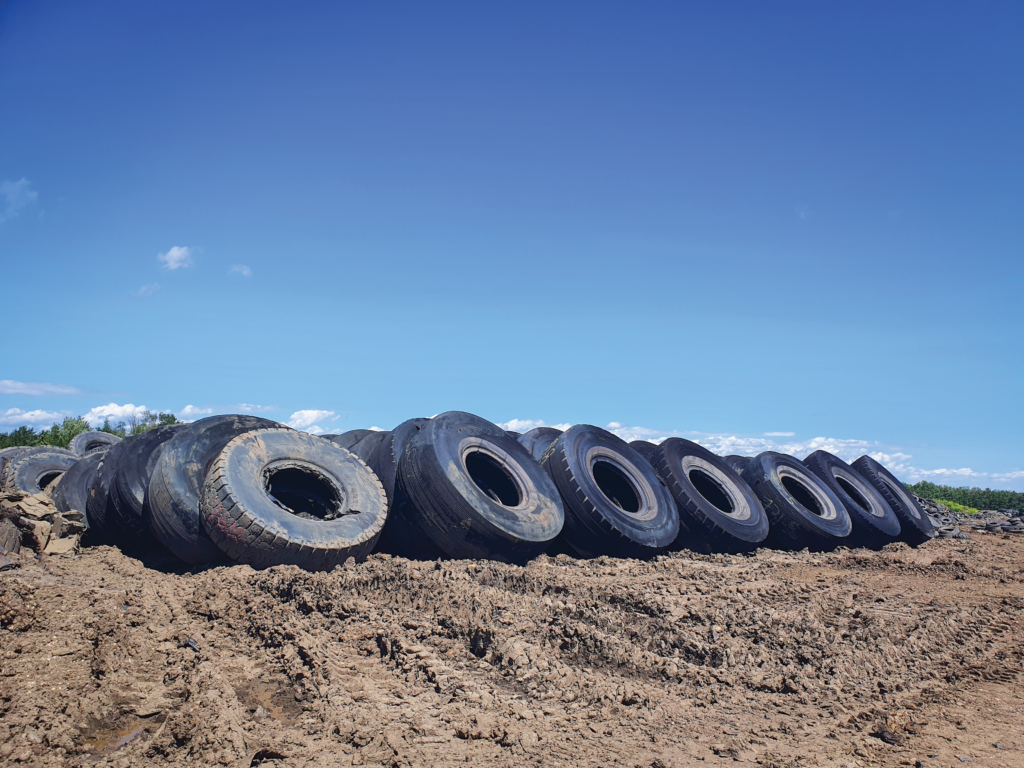
What do you consider to be Circular Rubber Technologies’ biggest success?
Apart from all the great technical successes we have had and the milestones we have reached in terms of technical de-risking, scale up, product development, and initial sales, I am especially proud of the fact that we have recently become a benefit corporation and reached a pending B Corp status.
This speaks to the values we cherish as a team and the standards we hold ourselves and the organization accountable to. I believe this is Circular Rubber Technologies’ biggest success in that we have been able to cement these beliefs, values, and our purpose in the foundation of the business.
What makes Circular Rubber Technologies unique?
We provide tire manufacturers with a sustainable alternative to virgin rubber. We ensure that tires that would otherwise be landfilled or end up in low-grade applications get used to make new tires. We provide a true circular solution: tires can be tires again.
How do you feel your organization makes the world better?
We solve two problems in one go. Firstly, we help mining companies direct one of their largest operational waste streams to be processed in a true circular manner. At the same time, by selling our product to tire manufacturers, they will be able to produce more sustainable tires. By using our product, they will need less virgin rubber, which means fewer rubber plantations and less CO2 emitted.
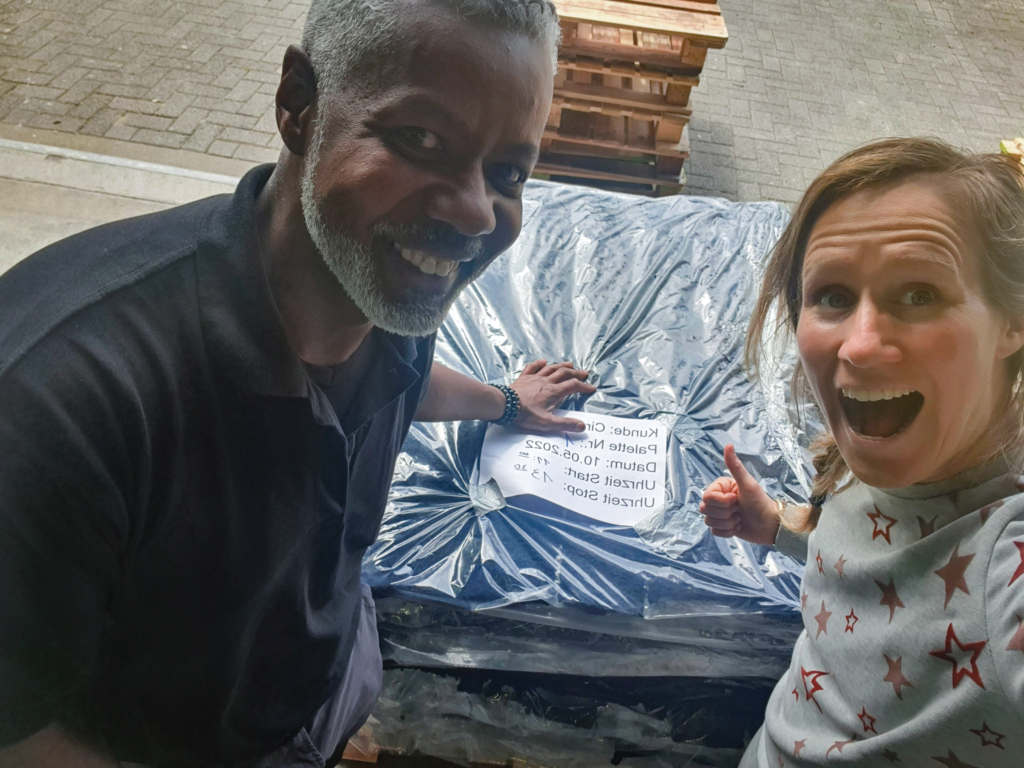
Tell us about Circular Rubber Technologies’ goals.
Our most important goal currently is to get our first facility operational in the second half of next year. This will be a huge milestone for Circular Rubber Technologies, and it will mean we will be able to convert roughly 5,000 giant mining tires into our reclaim product each year.
Our subsequent goal is to quickly expand within Canada and beyond. We see a strong and growing demand for more sustainable materials and products, and tires are no different. Global tire manufacturers are increasingly searching for sustainable alternatives to lower their carbon footprint, and we plan to help them by providing them with a continuous stream of our high-quality reclaim on each continent.
Are there any upcoming initiatives or projects you’d like to share?
As mentioned above, we have recently reached the pending B Corp status and are now working to become a fully certified B Corp over the course of the next year. We are about to release the key findings of some interesting work we have done with the Impact Institute to determine the true price of virgin synthetic and natural rubber and Circular Rubber Technologies’ alternatives. And, of course, people should stay tuned on the progress we are making with the realization of our first facility based in Alberta, Canada.
What do you most want people to know about your organization?
We are an impact company. The more successful we become, the greater the impact we make.
How can people help Circular Rubber Technologies’ mission?
I think more generically, if we truly want the circular economy to work, we must also revisit the first part of the circle: the manufacturing of products and the consumers that use them. This is a fundamental part of the circle in the circular economy, and we often forget that we all have a role to play here: by making more conscious choices on consumption and use of products and simply by consuming less, we make it easier to solve the waste reduction side of the circular economy. Essentially, if we generate less in the first half of the circle, there’s less to “clean up” in the second part of the circle.
This story was featured in the Make The World Better magazine:
Learn about more world-changing individuals and organizations:
- Brands for Better Foundation: Uniting for Impact
- Circular Economy Leadership Canada: Advancing Innovation
- EcoMeter: Measuring Foodprints to Support Sustainability
- Enerkem: Repurposing Waste to Fuel Our Lives
- FoodMesh: Rescuing Food for the Sake of People and Planet
- Project Learning Tree Canada: Planting Conservation Literacy
- Susgrainable: Fighting Food Waste with Fibre
- Textile Lab for Circularity: Weaving a Circular Solution
- Too Good To Go: Satisfying Your Appetite for Sustainability
